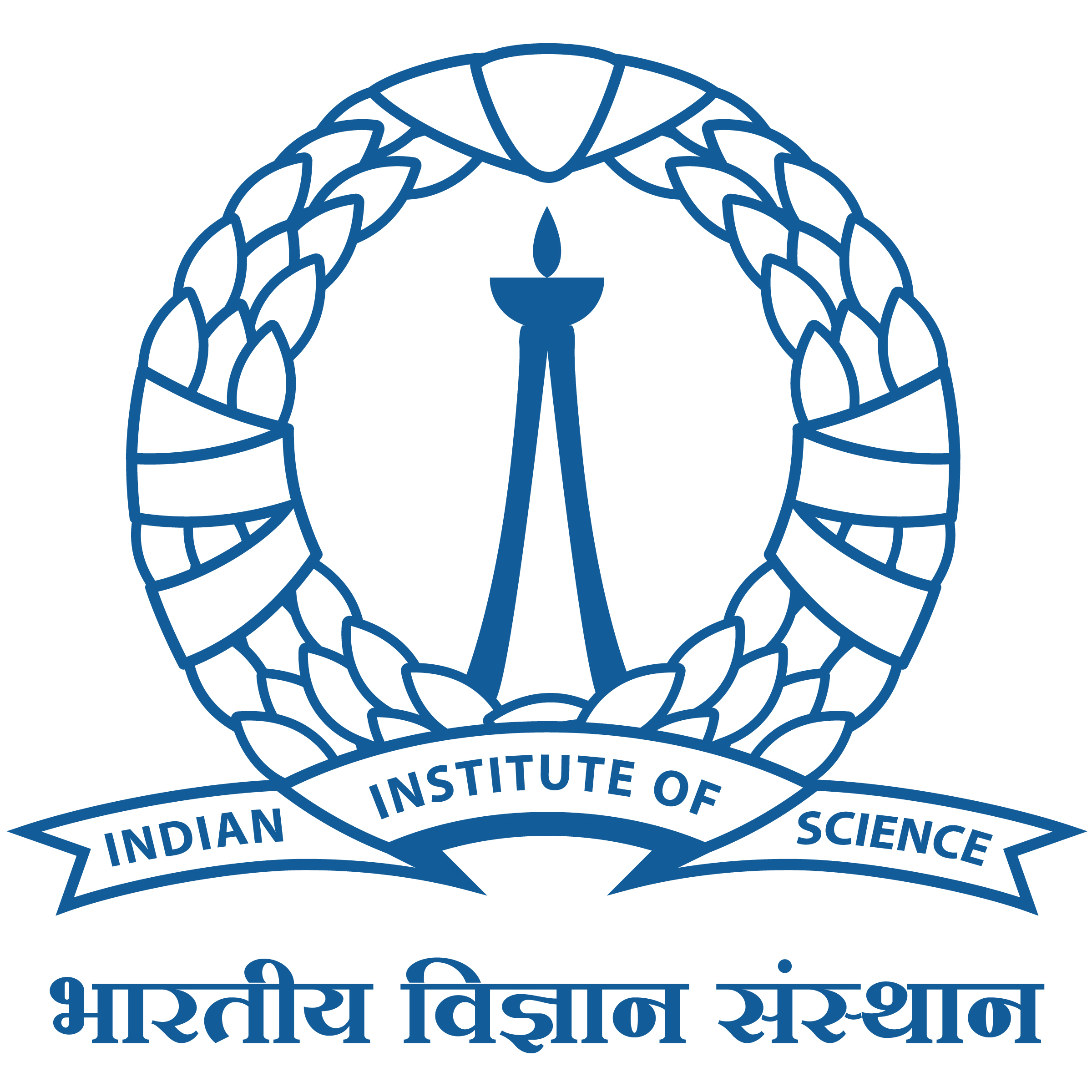
- This event has passed.
BE Seminar titled “Engineering bottom-up synthetic cells to mimic life-like functions” by Dr Taniya Chakraborty
July 29, 2024 @ 4:00 pm - 5:00 pm
Title: Engineering bottom-up synthetic cells to mimic life-like functions
Abstract: How did life evolve from non-living matter on early Earth, and is it possible to recreate this transition artificially in a laboratory setting? Reconstructing well-defined functional molecular entities, components, and modules from the bottom-up to create a synthetic cell will provide new insights into the mechanisms of life. Optogenetic proteins, metalloenzymes, and RNA nanotechnology are powerful tools for engineering synthetic cells to mimic life-like functions such as communication, differentiation, or the central dogma. Synthetic cells engineered with photo-switchable proteins allowed control over adhesion and chemical communication between them, which strongly depended on their spatial proximity and can also be photo-regulated. While cells typically communicate through diffusible molecules, nonchemical communication remains elusive. Light-based signaling is possible in synthetic cell communities inspired by deep-sea bioluminescent-based predator-prey communities, where light signals triggered synthetic cell adhesion and facilitated predator-prey interactions, providing a blueprint for light-based intercellular communication.
Pluripotent cells can yield different cell types determined by the specific sequence of differentiation signals encountered, with pluripotency in synthetic cells achieved by incorporating three dormant apo-metalloenzymes, enabling differentiation toward distinct fates depending on the sequence of specific metal ions transported with ionophores.
The central dogma at the core of molecular biology states that information flows from DNA to RNA and then to protein. Conceptually, a novel approach is introduced towards synthetic life by leveraging RNA origami as an alternative to proteins, requiring only a single copying step between genetic information and function. For the first time, RNA origami tiles were designed, which fold co-transcriptionally from a DNA template and self-assemble into higher-order 3D RNA origami nanotubes similar to the cytoskeleton network inside synthetic cells, reaching several micrometers in length.
Synthetic cells not only serve to understand the fundamental question of the origin of life but also find therapeutic applications. Inspired by the phage display technique, synthetic cells were used for the first time to display genetically encoded RNA to bind with specific proteins of interest on the synthetic cell surface. This liposome display technique exhibits promising potential for a broad array of applications in detecting proteins of interest or antigens and may represent a step toward the evolution of synthetic cells. Bottom-up construction of synthetic cells offers not only insights into the origin of life but also promises significant advancements in therapeutic and biotechnological applications.
About The Speaker: Dr. Tanya began her PhD in 2018 under the MaxSynBio project, one of the pioneering scientific endeavours to explore the question, “What is life, and is it possible to completely recreate life synthetically based on a bottom-up approach?” She completed PhD in 2022 at the Max Planck Institute for Polymer Research and Gutenberg University, Mainz, Germany. During my doctoral studies, she also worked as a guest researcher at the Institute of Physiological Chemistry and Patho Biochemistry at the University of Muenster. Throughout my PhD, she designed her own projects focused on mimicking chemical and light-mediated communication in synthetic cells and published them as the first author in high-impact international journals. She worked independently and also designed projects for other PhD students in the group, supervising their work. Building upon my expertise in protein engineering and optogenetics, she transitioned to a post-doctoral role at the Max Planck Institute for Medical Research immediately upon completing her PhD in 2022, where she began exploring the potential of DNA/RNA nanotechnology.
In 2023, she secured an independent post-doctoral grant from the German Ministry of Research, enabling her to delve into the therapeutic applications of bottom-up synthetic cells and develop innovative techniques for liposome display. She is currently pursuing this research in collaboration with the Max Planck Institute for Medical Research and Heidelberg University. As part of her commitment to academic excellence, she introduced a new course titled “Biophysics and Synthetic Biology” for master’s students at Heidelberg University.
Throughout her academic journey, she has actively participated in numerous international conferences, presenting her research findings and fostering collaborations on a global scale. Additionally, she has contributed as a reviewer for several Nature Journals. Presently, she is deeply invested in the field of synthetic immunology, aiming to leverage synthetic cells for the development of therapeutic targets and vaccines, thereby advancing beyond traditional immunotherapy and drug delivery approaches.

